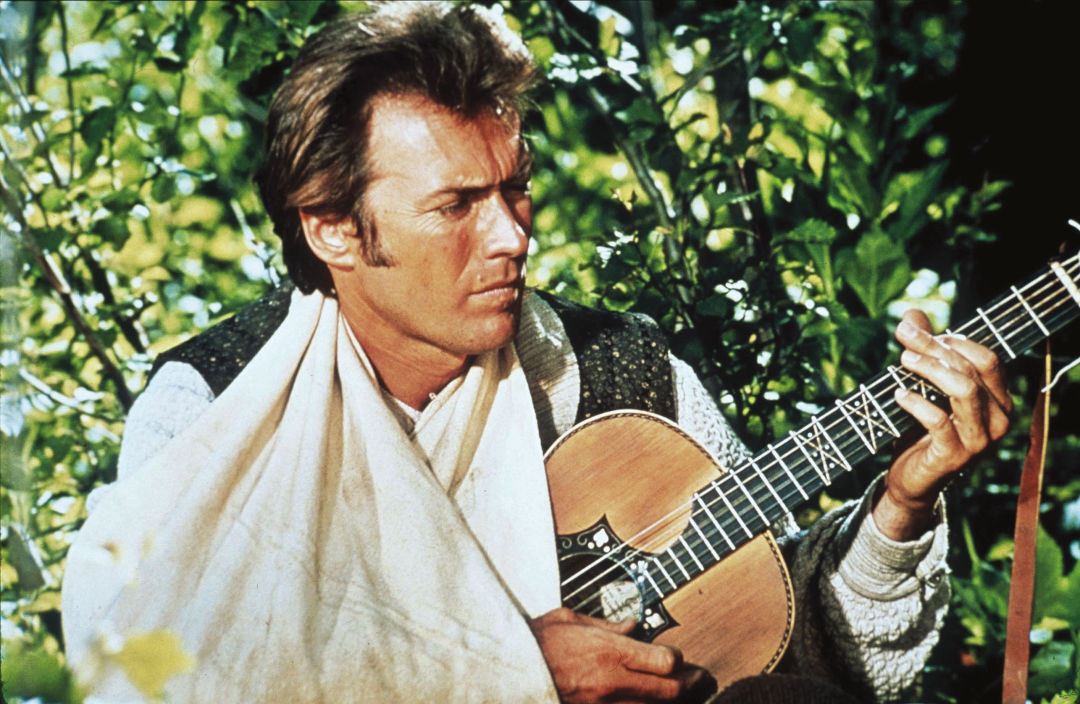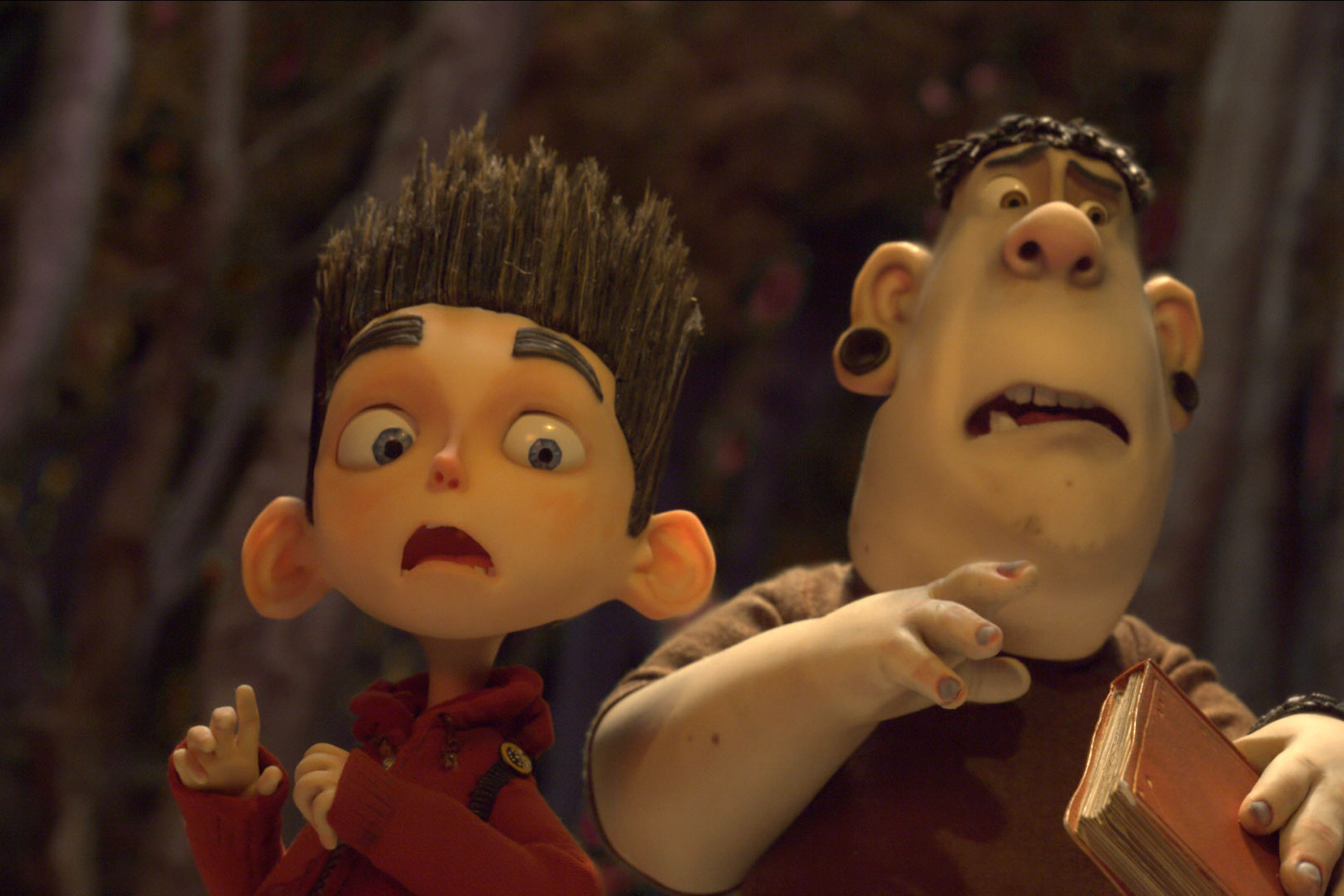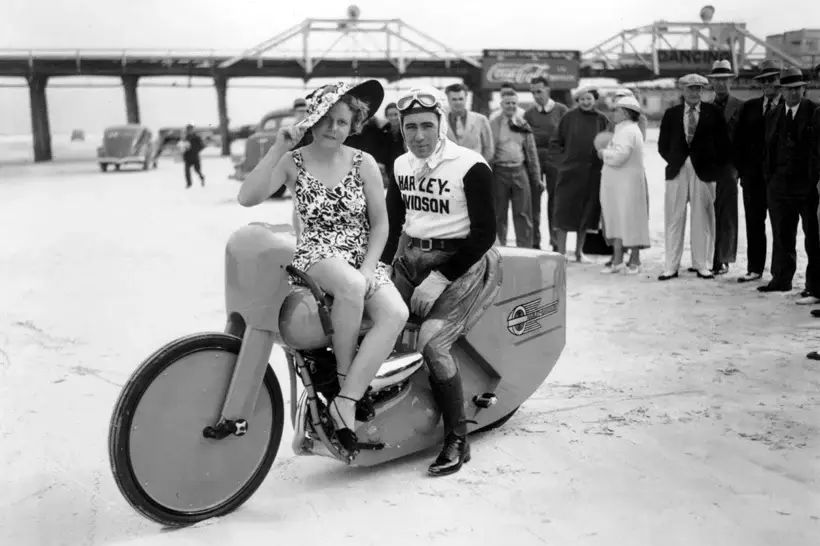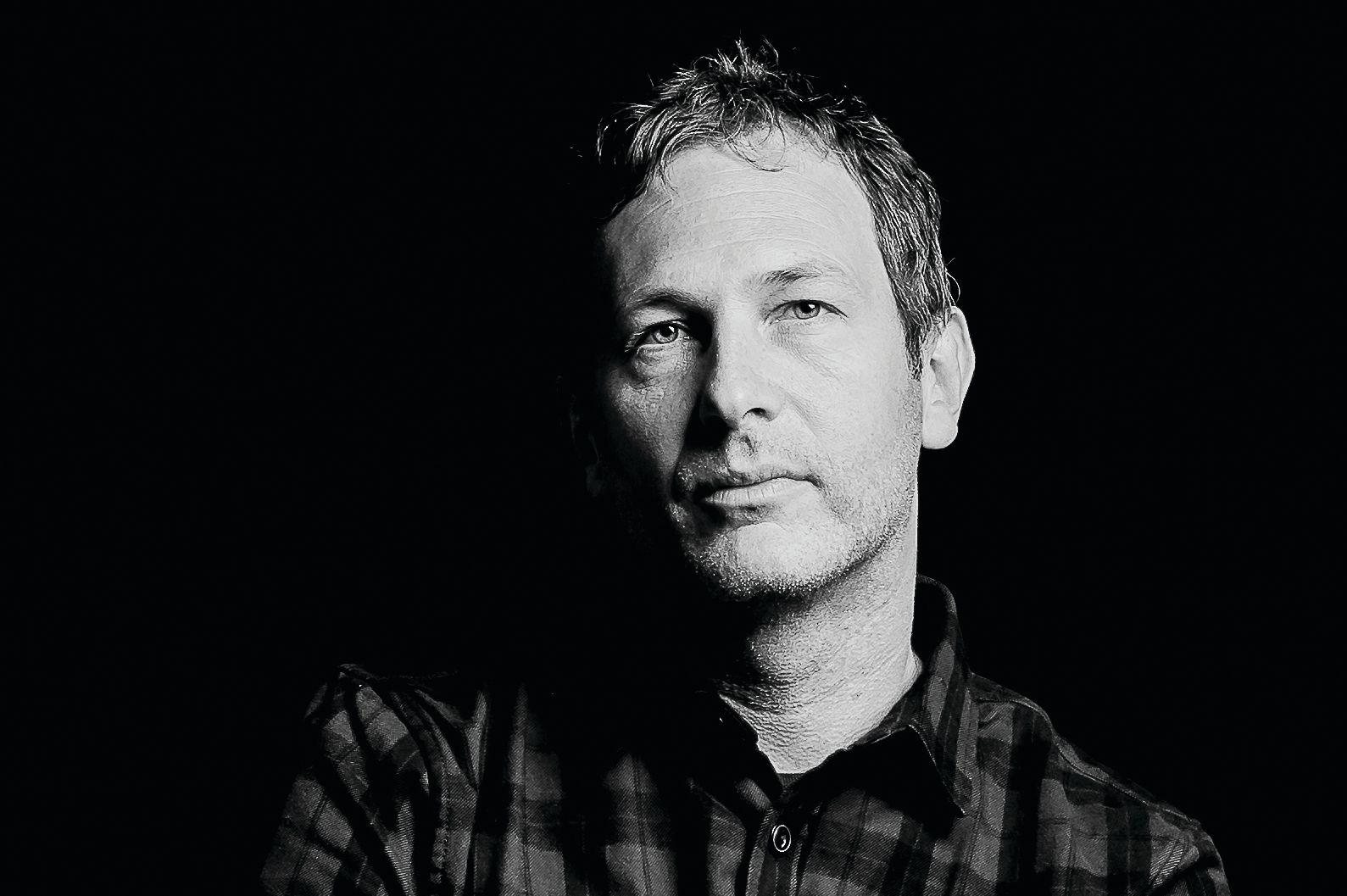52 Years Ago, the Biggest Movie Flop in the West Was Filmed in Oregon

Legendary actor Clint Eastwood questioning his choices
In the summer of 1968, one of the biggest, most beautiful, and most expensive cinematic musicals to date was filmed in remote, rural Oregon. You’ve probably never heard of it.
Paint Your Wagon spins the story of the rise and bust of an 1848 California gold rush town, No Name City. It also features a clunky subplot of a polyamorous relationship between Jean Seberg, Clint Eastwood, and Lee Marvin. Like the big-name cast Paramount assembled for the picture, everything about the movie was done on a massive scale.
The filming location was 42 miles northeast of Baker City, deep in the Wallowa-Whitman National Forest: 90 minutes’ drive from the nearest hotel, with 700 crew and cast members bused both ways daily. (Eastwood, 38 years old and fresh off the success of Where Eagles Dare, commuted by helicopter.) The studio built an elaborate Old West town at the cost of $2.4 million (more than $17 million in 2018 money), with Eagle Creek running through the middle of it. The Wallowas tower behind the sets in nearly every scene.
In retrospect, Paint Your Wagon attempts to occupy an impossible middle ground, somehow triangulating its counterculture moment with age-old (but, by 1968, fading) genres of big-budget musical and iconic western. (Not very successfully, in the end.) The Nitty Gritty Dirt Band plays “Hand Me Down That Can o’ Beans” in a fun, hippie-ish scene. Marvin talk-croaks “Wanderin’ Star” in a dramatic and muddy rain shower. Eastwood sings, too—“I Talk to the Trees” finds him piping to the pines. The New York Times called the score “elevator stuff.”
Paint Your Wagon, weighing in at almost three hours long, torched money throughout production. Paramount was cagey about the actual budget, but estimates range between $20 million and $26 million (or up to $187 million today). Costumes, sets, and remote location ran up the tab. Marvin was reportedly always drunk (his prop bottle of whiskey was not colored water), necessitating many costly reshoots. Eastwood was not pleased, and often retreated to a cabin in the woods, where he and Seberg enjoyed a real-life affair.
The film did prove a winning lottery ticket for Baker County. All the hotel rooms in town and more than 20 private homes were rented for months, and there was a local run on air conditioners. The crew rented 250 local horses and mules. Some evenings the trained black bear in the film was brought into Baker taverns and locals would wrestle it. (The bruin’s bad breath is legendary even 50 years later.) But by the time Paint Your Wagon rolled out in theaters in October 1969, the movie audiences of hippie America just weren’t that into stuffy, “square” musicals.
“Overly big but underly substantial, something like a two-ton marshmallow,” the Oregonian decided. But Clint does sing to trees....




